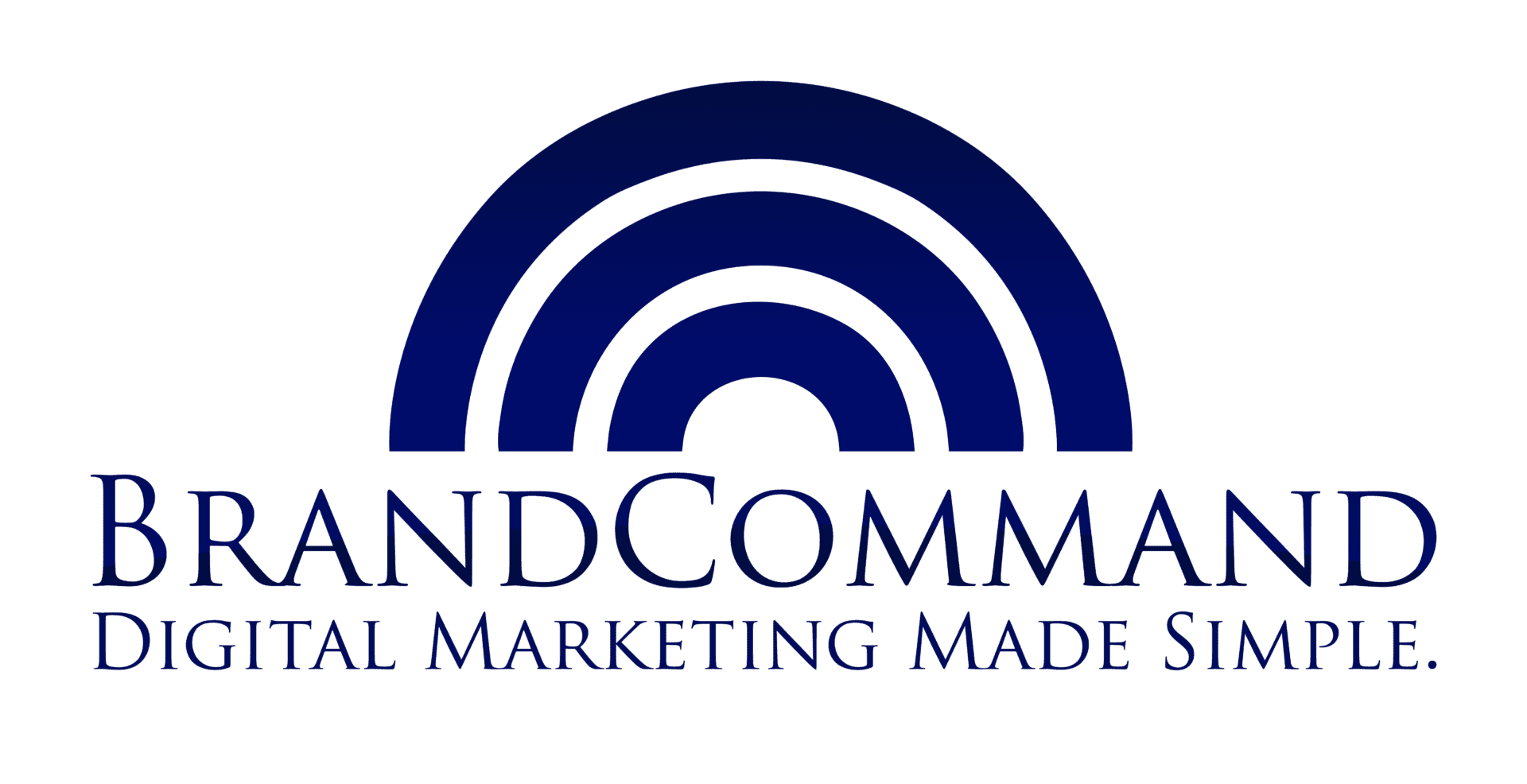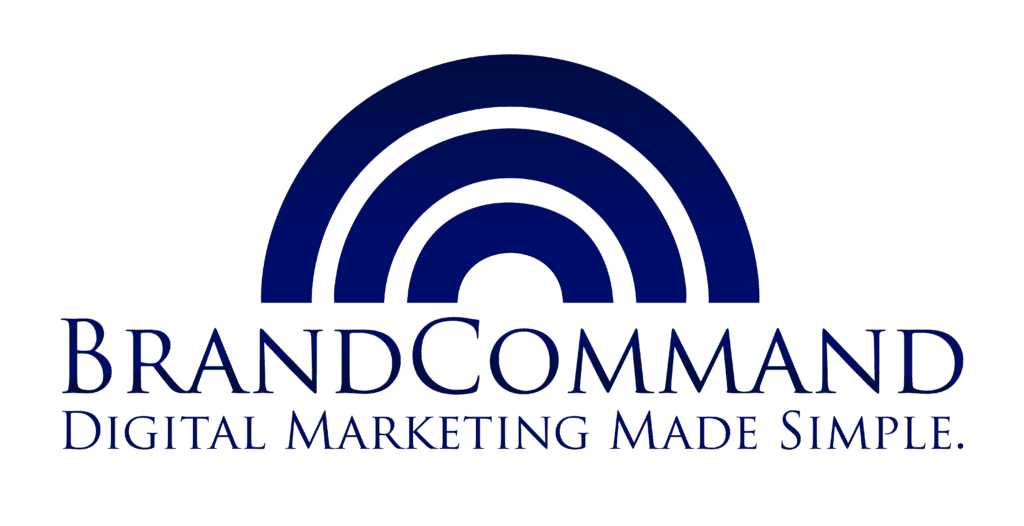Email Crushes Social Media And Nobody Talks About It
Every month, service businesses pour money into the wrong channel.
They chase likes. They boost posts. They hire social media managers and track engagement metrics that feel productive.
Meanwhile, the channel delivering 13 times better returns sits underutilized.
I’m talking about email marketing. And the performance gap between email and social media isn’t close. It’s a chasm.
The ROI Reality Nobody Wants To Acknowledge
Email marketing generates an average ROI of $36 for every $1 spent. Some industries see returns as high as $45 per dollar.
Paid social media? It delivers $2.80 for every dollar invested.
That’s not a slight edge. Email outperforms paid social by nearly 13 times on pure return.
Yet most service businesses allocate their budgets the opposite way. They spend heavily on social ads and treat email like an afterthought.
Customer Acquisition Tells The Same Story
The ROI numbers are just the beginning.
When you look at actual customer acquisition, the gap widens. Email marketing is 40 times more effective than Facebook and Twitter combined at bringing in new customers.
Forty times.
Social media feels active. The likes, shares, comments create a sense of momentum. But when you track who actually becomes a customer, email dominates.
For service businesses, this matters even more. You’re not selling impulse purchases. You’re building trust with people who need dental work, legal advice, HVAC repair, or real estate guidance.
Email gives you direct access to opted-in prospects. Social media makes you fight algorithms for visibility.
Automation Multiplies The Advantage
Here’s where email’s superiority becomes almost unfair.
Automated email workflows generate 30 times higher returns compared to one-off campaigns. Despite accounting for only 2% of total email sends, automated messages generate 37% of all email orders.
Think about what this means for a service business.
You set up a lead nurturing sequence once. New prospects enter automatically. They receive strategic messages at optimal intervals. Conversions happen while you’re focused on operations.
Social media requires constant feeding. Miss a day and your visibility drops. Email automation works 24/7 without additional effort.
The Conversion Math Service Businesses Ignore
Email consistently drives more direct conversions than social media.
In tracked campaigns, email generated 1,192 direct transactions with a conversion ratio of 0.73. Social media generated only 173 direct transactions with a ratio of 0.58.
For B2C brands, which includes most service businesses, email achieves a 2.8% conversion rate. That significantly outperforms the under 2% average across all eCommerce sites.
The pattern holds across industries. Healthcare clinics, law firms, real estate brokerages, home services companies all see better conversion performance from email than social.
Why The Misallocation Continues
If email performs this much better, why do businesses keep overspending on social?
Visibility bias plays a role. Social media is public. You see competitors posting. You feel pressure to maintain presence. Email happens privately, so its effectiveness stays hidden.
Vanity metrics create false confidence. A thousand likes feel more impressive than a hundred email opens, even though those opens convert at higher rates.
And frankly, most businesses don’t track actual ROI by channel. They measure activity instead of outcomes.
The Strategic Question
The data is clear.
Email delivers superior ROI, better customer acquisition, higher conversion rates, and multiplies effectiveness through automation.
The question becomes: how much longer can you afford to ignore it?
For service businesses spending $2,500 to $10,000 monthly on scattered marketing efforts, a strategic reallocation toward email could dramatically improve results without increasing budget.
The numbers don’t lie. But they only matter if you act on them.

